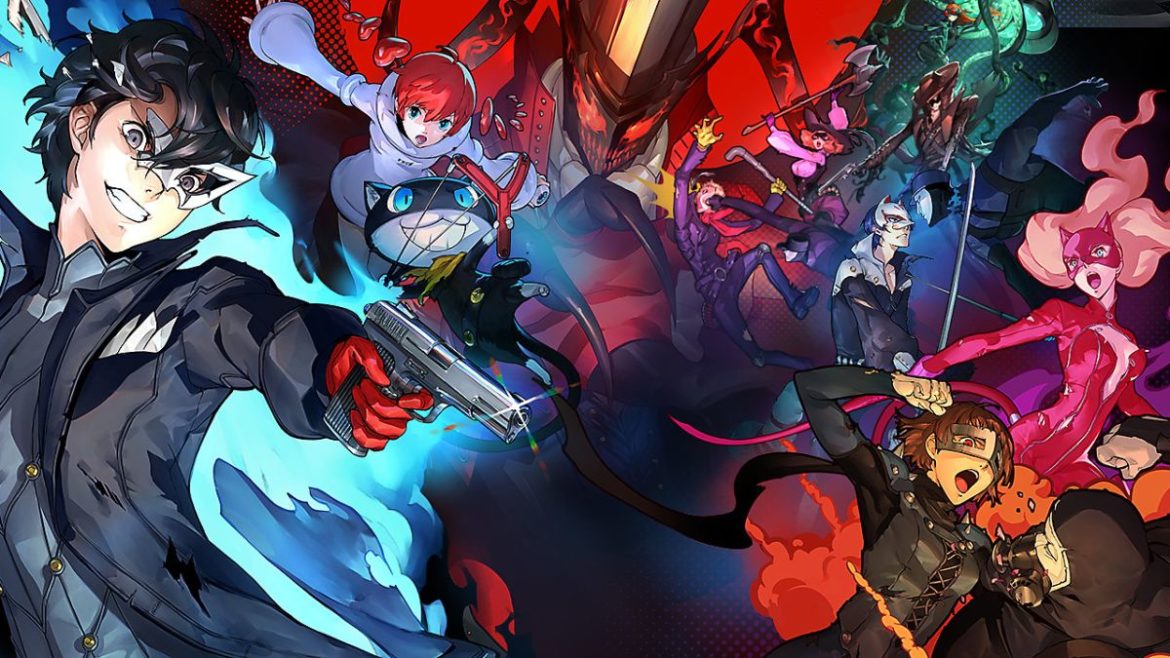TL;DR
Persona 5 Strikers is the official action-packed sequel to the beloved JRPG, Persona 5. It swaps turn-based battles for dynamic, real-time combat reminiscent of musou games, but retains strategic depth with Persona switching and exploiting enemy weaknesses. Players return to familiar faces and settings with a new story, incorporating refinements from Persona 5 Royal like Show Time attacks and a grappling hook. While the shift in combat might be jarring initially, it offers a fresh, exciting take on the series' core loop of time management and engaging narrative. If you loved Persona 5, you’ll likely adore this action-filled reunion. Discover if this sequel lives up to the hype!
This article was originally published on February 9th and republished to coincide with the release of Persona 5 Strikers.
The Persona series is arguably Japanese publisher Atlus’ most celebrated franchise, particularly on an international scale. Persona 5 was a critically acclaimed title, recognized as one of the best games of 2017. A Royal edition, featuring enhanced content and refinements, was subsequently released for the PS4. Persona 5 Strikers, the subject of this review, may initially seem like a DLC or spin-off, but it is, in fact, the official sequel to the acclaimed JRPG. Series veterans will find themselves immediately familiar with the setting and characters; however, the combat system has been significantly altered. The traditional turn-based battles have been replaced with action-oriented encounters, presenting both advantages and disadvantages.
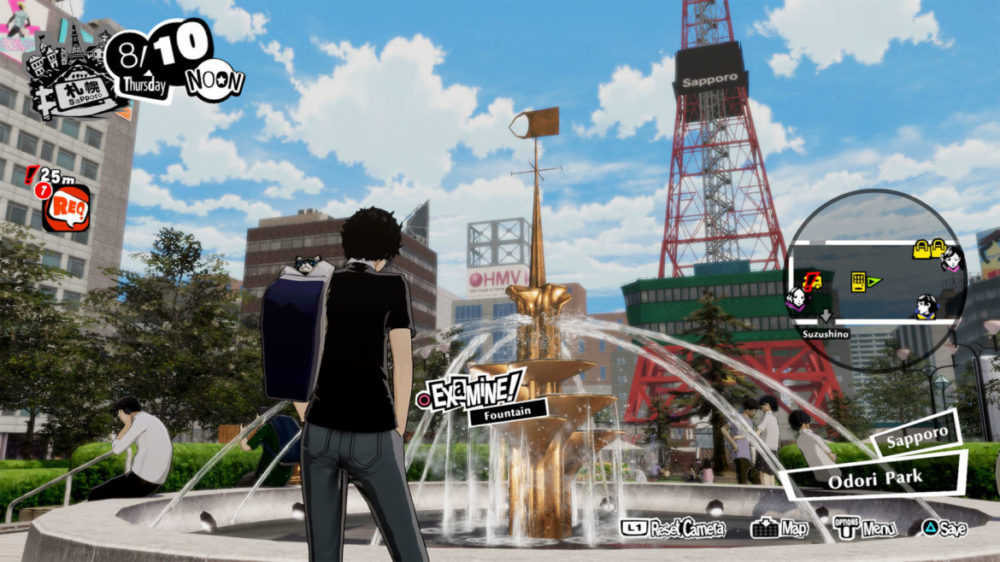
The narrative picks up after the events of Persona 5 (consult our review for a more comprehensive overview of the game world and core mechanics). “Joker” (whose name is customizable) returns to his uncle’s café and reunites with his companions: Ryuji, Futaba, Ann, and Morgana, the Phantom Thieves’ feline mascot. New additions to the Phantom Thieves will also be introduced throughout the game. Persona 5 Strikers incorporates features from the Royal edition, such as the Show Time special attacks, the grappling hook, and ammunition replenishment between battles, while also introducing real-time combat.
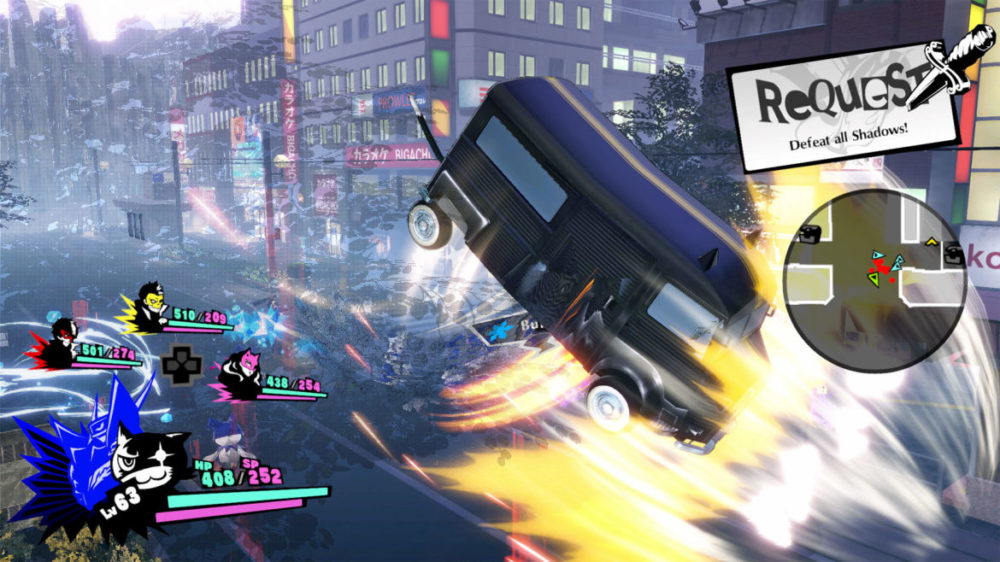
Initially, the gameplay may evoke comparisons to a musou game (with Omega Force’s involvement, as seen in Hyrule Warriors: Age of Calamity): players navigate through waves of enemies, executing sweeping and visually impressive attacks. However, the Persona series is known for its depth, and this title is no exception. The battles retain a level of strategic complexity, even with the shift towards skill-based action. Maintaining awareness and executing specific button combinations is crucial, although the game provides guidance through an on-screen cheat sheet during combat. Engagements can become intense, requiring strategic Persona switching (Joker can wield multiple Personas) to pause the action and careful timing to dodge incoming attacks (R2 on PS4) and activate special abilities. While the constant prompts and requests from computer-controlled allies can contribute to a sense of chaos, players will adapt and learn enemy weaknesses. Once these weaknesses are memorized, the game presents a moderate challenge, at least on the Normal difficulty setting.
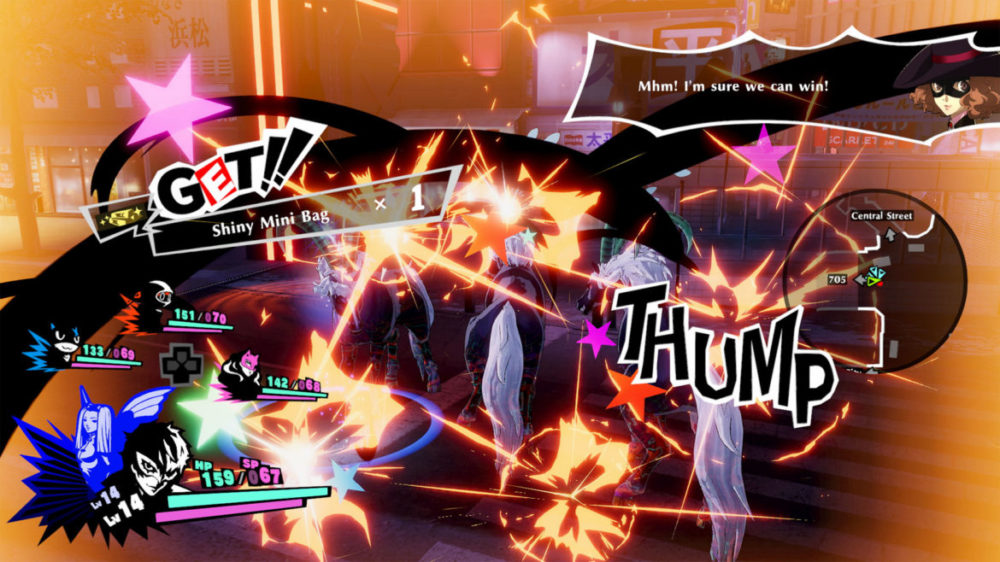
Beyond the action-oriented combat, the core gameplay loop remains consistent with previous installments. Players manage their time, prioritizing activities within a daily schedule, and experience a deep, engaging anime-style narrative featuring extensive cutscenes and dialogue. Players can freely switch between English and Japanese voice acting to determine their preferred experience; both options offer unique qualities.
The presentation remains familiar, despite the passage of time since the release of Persona 5. This review was conducted on a PS5 via backwards compatibility, resulting in seamless performance and reduced loading times. The art style remains visually appealing. Future iterations of the game may leverage the capabilities of the PS5 with enhanced visuals, effects, and potentially 4K resolution and 120fps support. The soundtrack incorporates familiar tracks from its predecessor, along with new compositions (players with save data from previous entries on PS4, or those who have unlocked Joker in Super Smash Bros. on Switch, will receive in-game bonuses, including new music). The voice acting is of high quality, aligning with established anime conventions, and the overall production demonstrates a high level of polish.
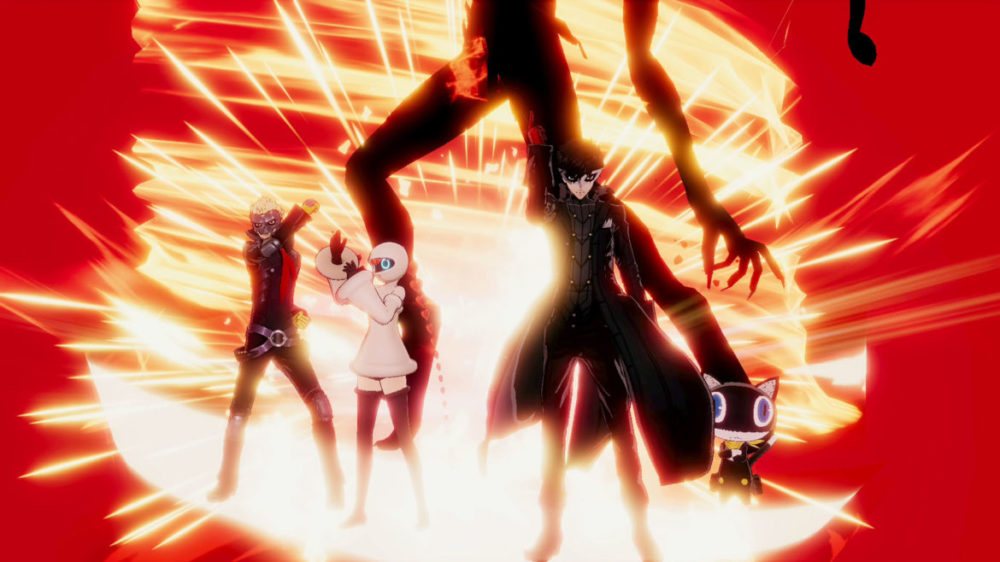
Similar to Persona 5, Persona 5 Strikers is a JRPG that requires an initial investment of time and patience from the player, which is ultimately rewarded. The game allows players to revisit Joker’s Tokyo and the Metaverse, a parallel world that, in a David Lynch-esque fashion, presents a unique and challenging experience. The action-based combat adds dynamism to the gameplay, but does not provide the same level of strategic overview and control as the traditional turn-based system. However, the adjustment period is relatively short, and the previous system is unlikely to be missed. Furthermore, the shift away from turn-based combat reflects an evolving trend in the genre, as exemplified by the Final Fantasy VII-remake.
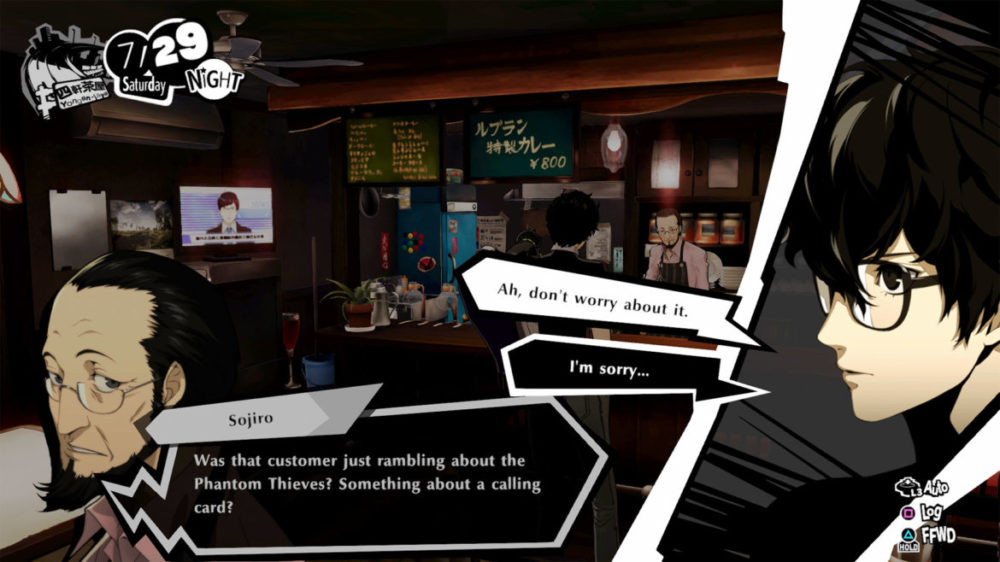
Players who disliked Persona 5 are unlikely to find that Persona 5 Strikers offers enough differentiation to change their opinion. It is, in essence, a direct sequel. However, for those who enjoyed Persona 5, Strikers provides a welcome and engaging reunion with familiar characters and settings. The new combat system introduces a fresh element to a series that is otherwise relatively traditional. Whether this change is perceived as an improvement is subjective and will vary from player to player. In our experience, the new combat system was a welcome addition.
A highly recommended title for enthusiasts of JRPGs in general, and the Persona series in particular, upon its release on February 23rd.
